Mandevilla Ground Cover – How To Use Mandevilla Vines For Ground Covers
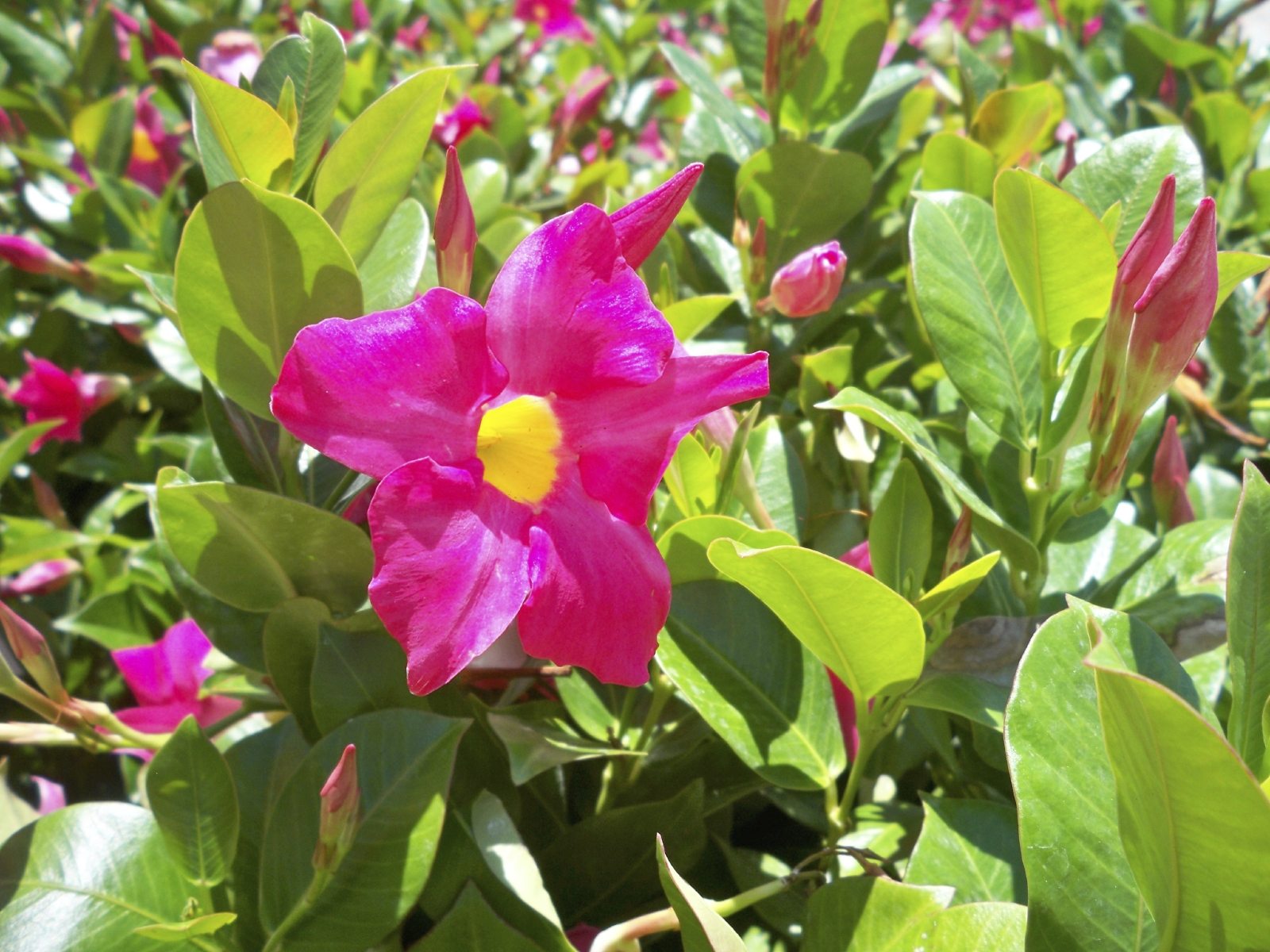

Gardeners appreciate mandevilla vines (Mandevilla splendens) for their ability to climb up trellises and garden walls quickly and easily. The climbing vine can cover a backyard eyesore quickly and beautifully. But using mandevilla vines for ground covers is also a good idea. The vine scrambles over a slope as fast as it climbs a trellis, and it can quickly cover a rise or a knoll where it is difficult to plant grass. Read on for information about using mandevilla vines for ground covers.
Mandevilla Ground Cover Info
The same qualities that make mandevilla an excellent climbing vine also make it great ground cover. Using mandevilla as a ground cover works well since the foliage is dense and the flowers attractive. The leathery vine leaves – up to 8 inches (20.3 cm.) long – are dark forest green, and they contrast beautifully with the bright pink flowers. The blossoms appear in early spring, and the mandevilla vine continues flowering prolifically through fall. You can find cultivars that offer blossoms in different sizes and colors, including white and red. Rapid growth is another wonderful trait of the vine that suggests using mandevilla as a ground cover. Mandevilla survives the winter in US Department of Agriculture plant hardiness zones 9 and 10, but gardeners in colder climates treat mandevilla as an annual. They plant mandevilla ground cover in early spring and enjoy its rapid growth and prolific flowers through the first frost. Since mandevilla vines require a trellis or other support in order to climb, you can use mandevilla vines for ground covers simply by planting the vine on a slope without a climbing support. The plant will still grow to 15 feet (4.57 m.), but instead of heading up vertically, it will spread foliage and flowers across the ground.
Caring for Mandevilla Vines as Ground Covers
If you are thinking of using mandevilla vines for ground covers, plant the vine in direct sun or light shade. Be sure that the soil drains well and offer the mandevilla regular irrigation. Keep the soil evenly moist. Do not allow it to get overly wet or to dry out completely. Caring for mandevilla vines includes offering the plant fertilizer. For best results, feed your mandevilla with fertilizer that has more phosphorus than nitrogen or potassium. Alternatively, add bone meal to regular fertilizer to increase the phosphorus content.
Gardening tips, videos, info and more delivered right to your inbox!
Sign up for the Gardening Know How newsletter today and receive a free copy of our e-book "How to Grow Delicious Tomatoes".

Teo Spengler is a master gardener and a docent at the San Francisco Botanical Garden, where she hosts public tours. She has studied horticulture and written about nature, trees, plants, and gardening for more than two decades. Her extended family includes some 30 houseplants and hundreds of outdoor plants, including 250 trees, which are her main passion. Spengler currently splits her life between San Francisco and the French Basque Country, though she was raised in Alaska, giving her experience of gardening in a range of climates.
-
 How To Grow Seeds Quickly: 8 Expert Tricks For Fast Flowers & Crops
How To Grow Seeds Quickly: 8 Expert Tricks For Fast Flowers & CropsIt's never too late to start growing! Jump-start your flower or vegetable garden with these pro tips and tricks for germinating seeds in record time.
By Amy Grant
-
 8 Perfect Flowers To Plant With Tomatoes To Boost Yields & Banish Pests
8 Perfect Flowers To Plant With Tomatoes To Boost Yields & Banish PestsDon’t forget flowers when choosing companion plants for your tomato beds or pots. These pretty, fragrant blooms add beauty but are also highly beneficial.
By Mary Ellen Ellis
-
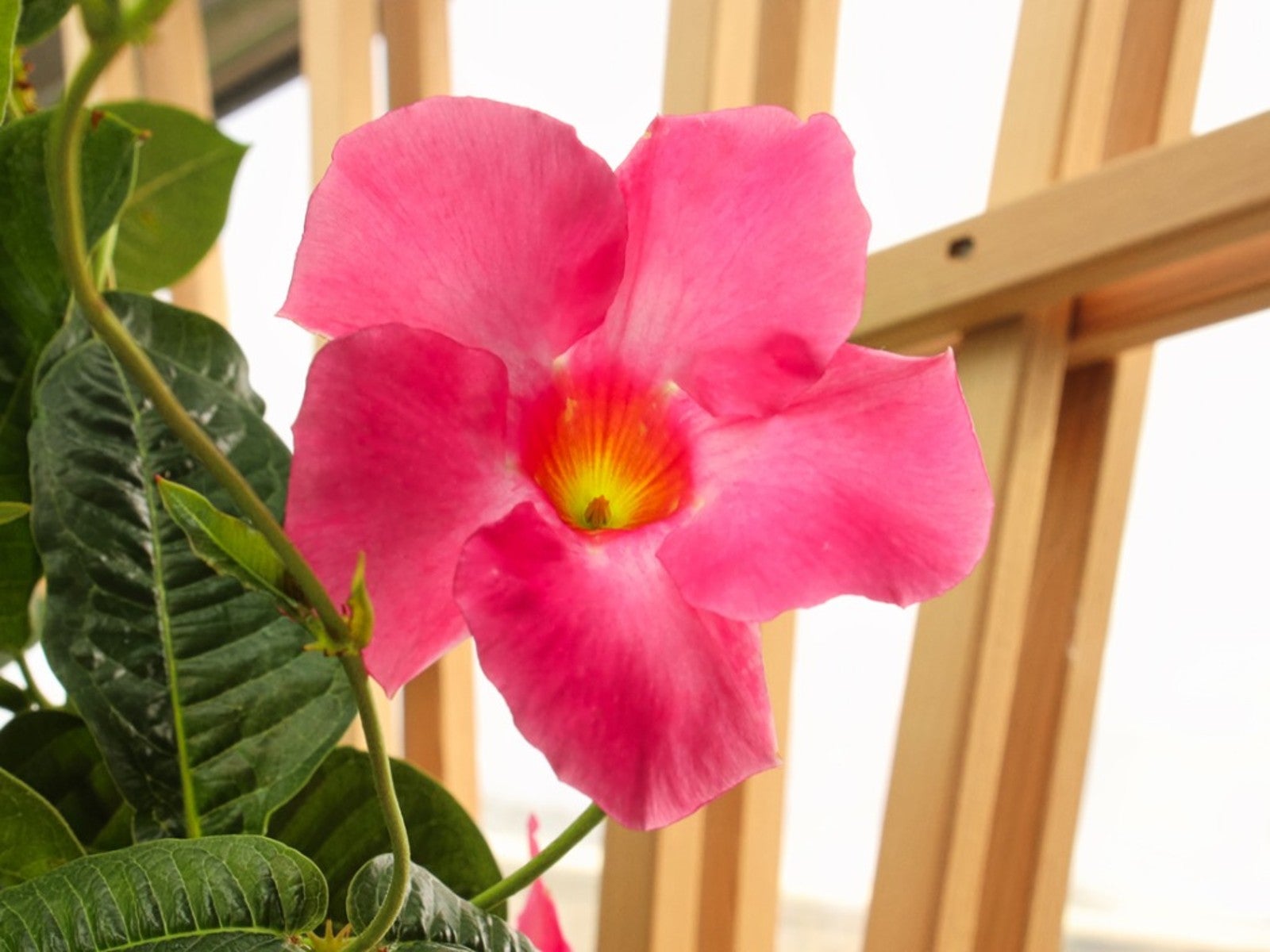 How Much Light Does A Mandevilla Need Indoors?
How Much Light Does A Mandevilla Need Indoors?You can overwinter a beautiful mandevilla indoors, but it has special lighting needs. Read on to learn more about it.
By Amy Grant
-
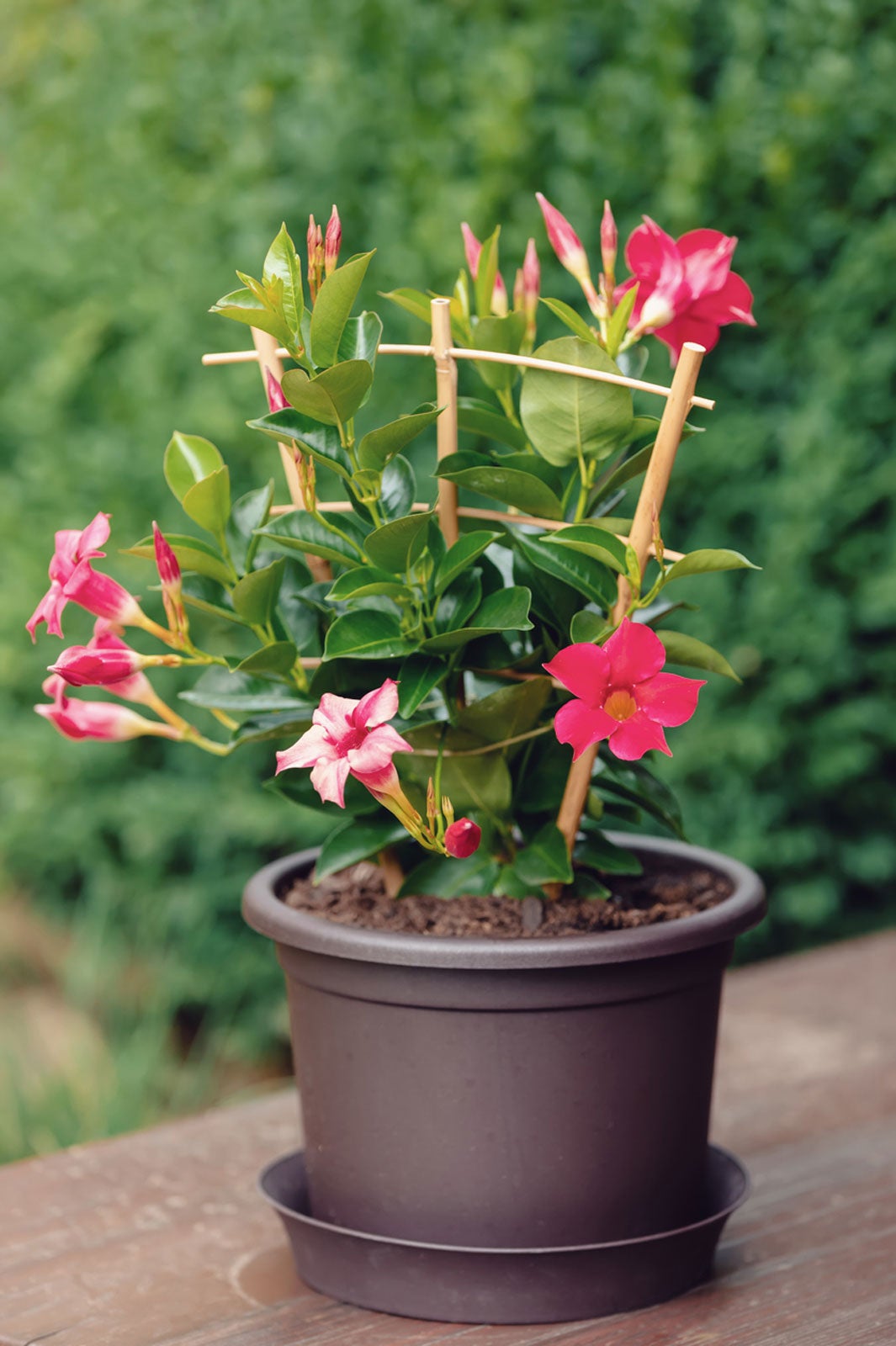 Repotting Mandevilla Plants: Learn How To Repot Mandevilla Flowers
Repotting Mandevilla Plants: Learn How To Repot Mandevilla FlowersMandevilla is a reliable flowering vine with stunning, trumpet-shaped blooms. In cooler climates, it is grown as an indoor plant. Occasional repotting is necessary to keep the plant healthy and repotting mandevilla isn’t difficult. This article will help.
By Mary H. Dyer
-
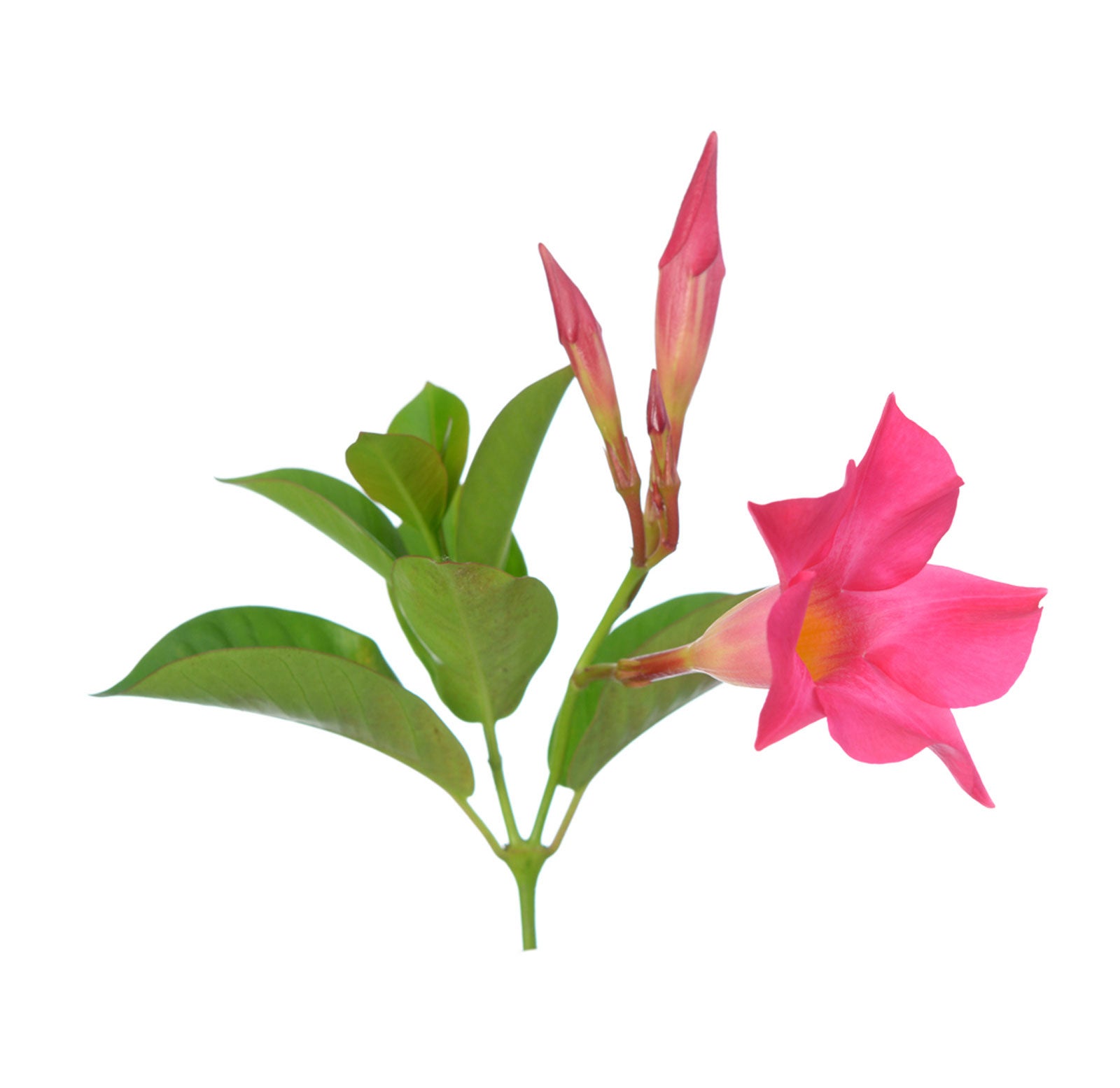 Dipladenia Cutting Propagation – How To Root Dipladenia Cuttings
Dipladenia Cutting Propagation – How To Root Dipladenia CuttingsDipladenia is a tropical vining plant similar to Mandevilla. Many gardeners grow these vines from cuttings to grace a garden bed or patio. Perhaps, you are interested in growing this lovely vine for yourself. For tips on how to root Dipladenia cuttings, click this article.
By Teo Spengler
-
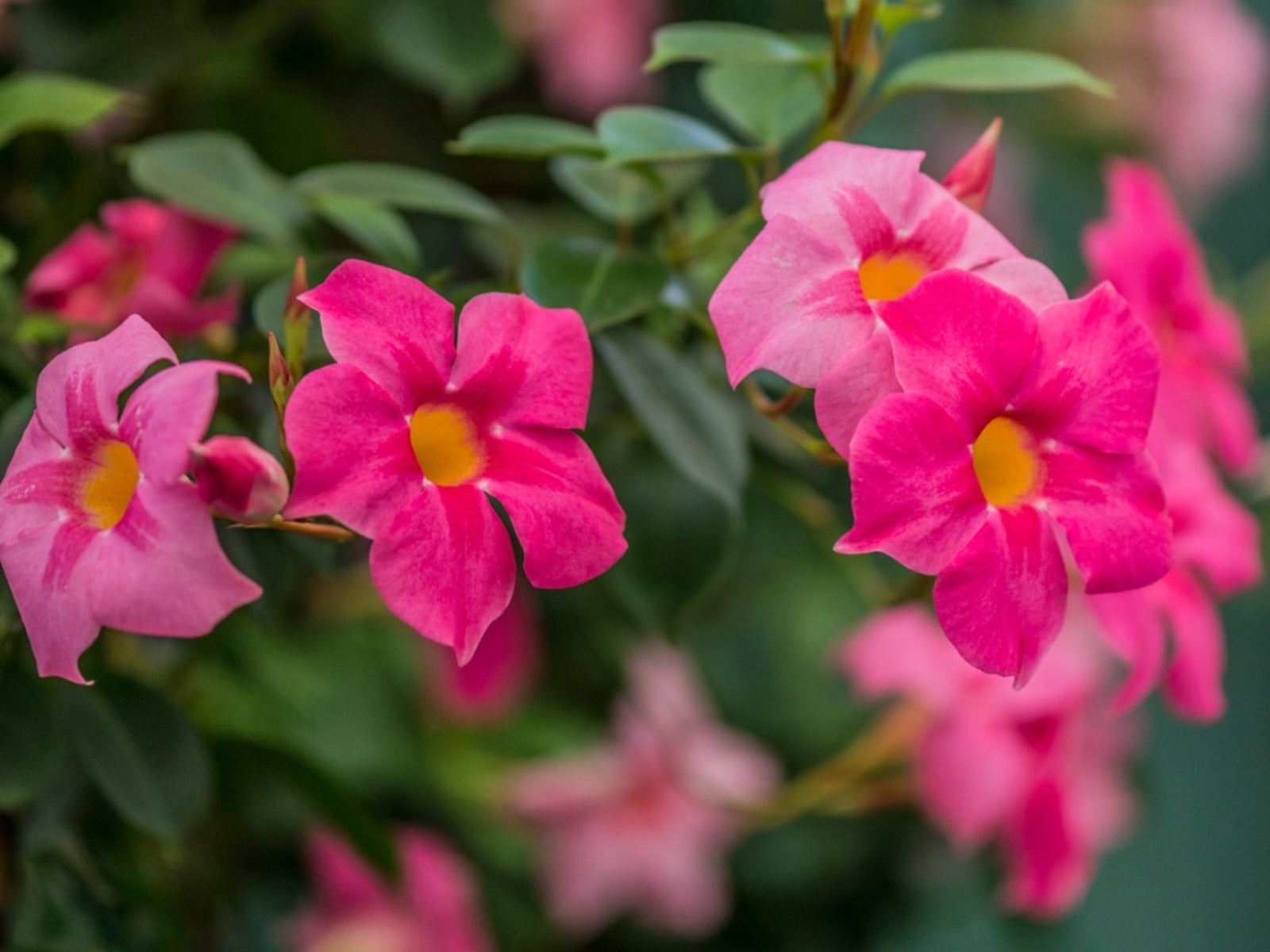 Mandevilla Plant Tubers: Propagating Mandevilla From Tubers
Mandevilla Plant Tubers: Propagating Mandevilla From TubersThere are several easy ways to start a new mandevilla plant, including seeds and softwood cuttings, but propagating mandevilla from tubers probably isn?t a viable method of propagation. Click here to learn more about mandevilla plant tubers.
By Mary H. Dyer
-
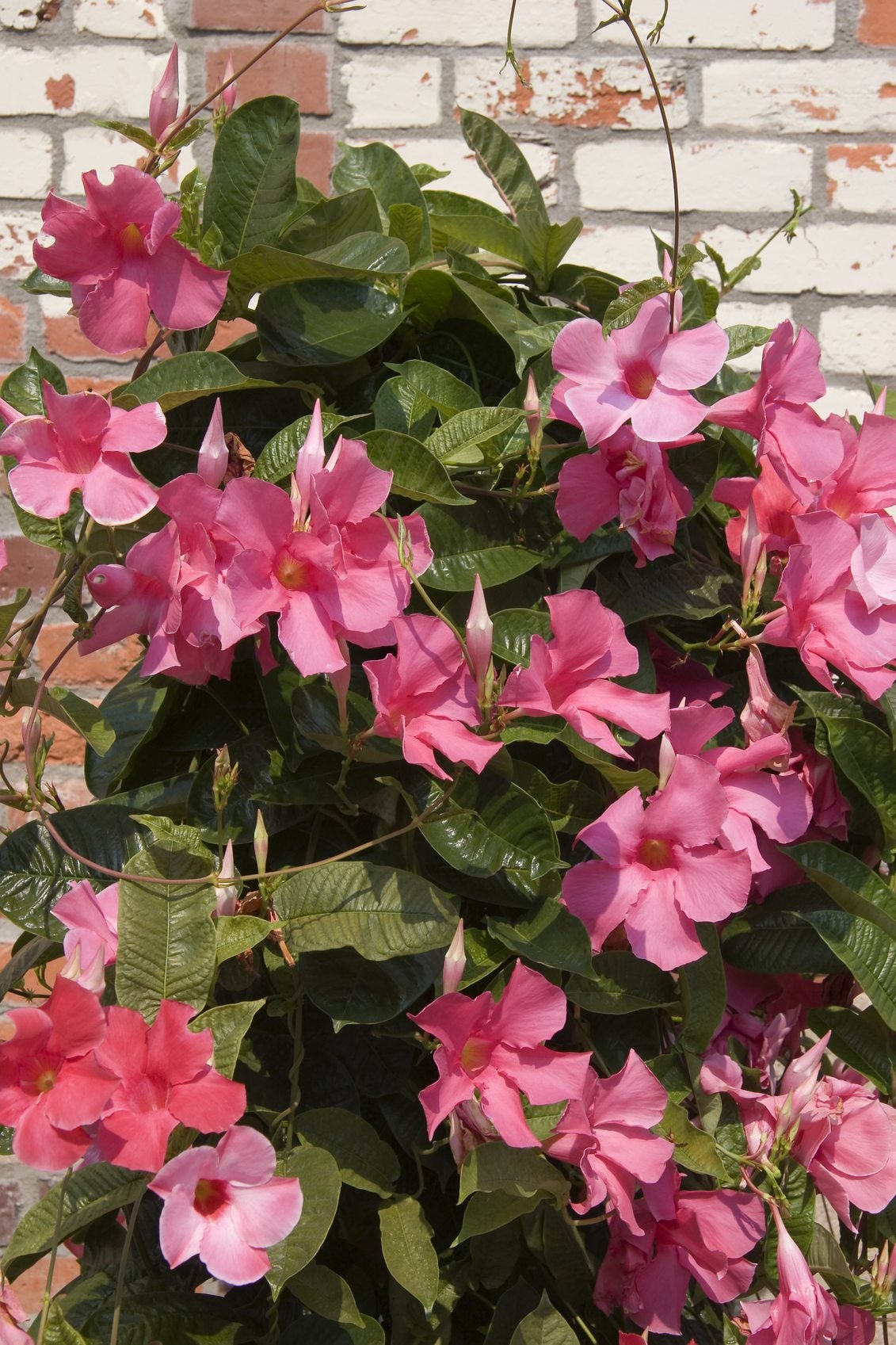 Should I Cut Back Mandevilla – When To Prune Mandevilla Vines
Should I Cut Back Mandevilla – When To Prune Mandevilla VinesIf allowed to grow untended, mandevilla can start to get an unkempt appearance and not flower as much. This is why pruning mandevilla vines at least once per year is recommended. Learn more about how to cut back a mandevilla in this article.
By Liz Baessler
-
 Mandevilla Blooming Season: How Long Do Mandevillas Flower
Mandevilla Blooming Season: How Long Do Mandevillas FlowerWhen does mandevilla vine bloom? How long do mandevillas flower? All good questions, and the answers depend on a number of factors. Read this article for specific information about the mandevilla blooming season. Click here to learn more.
By Mary H. Dyer
-
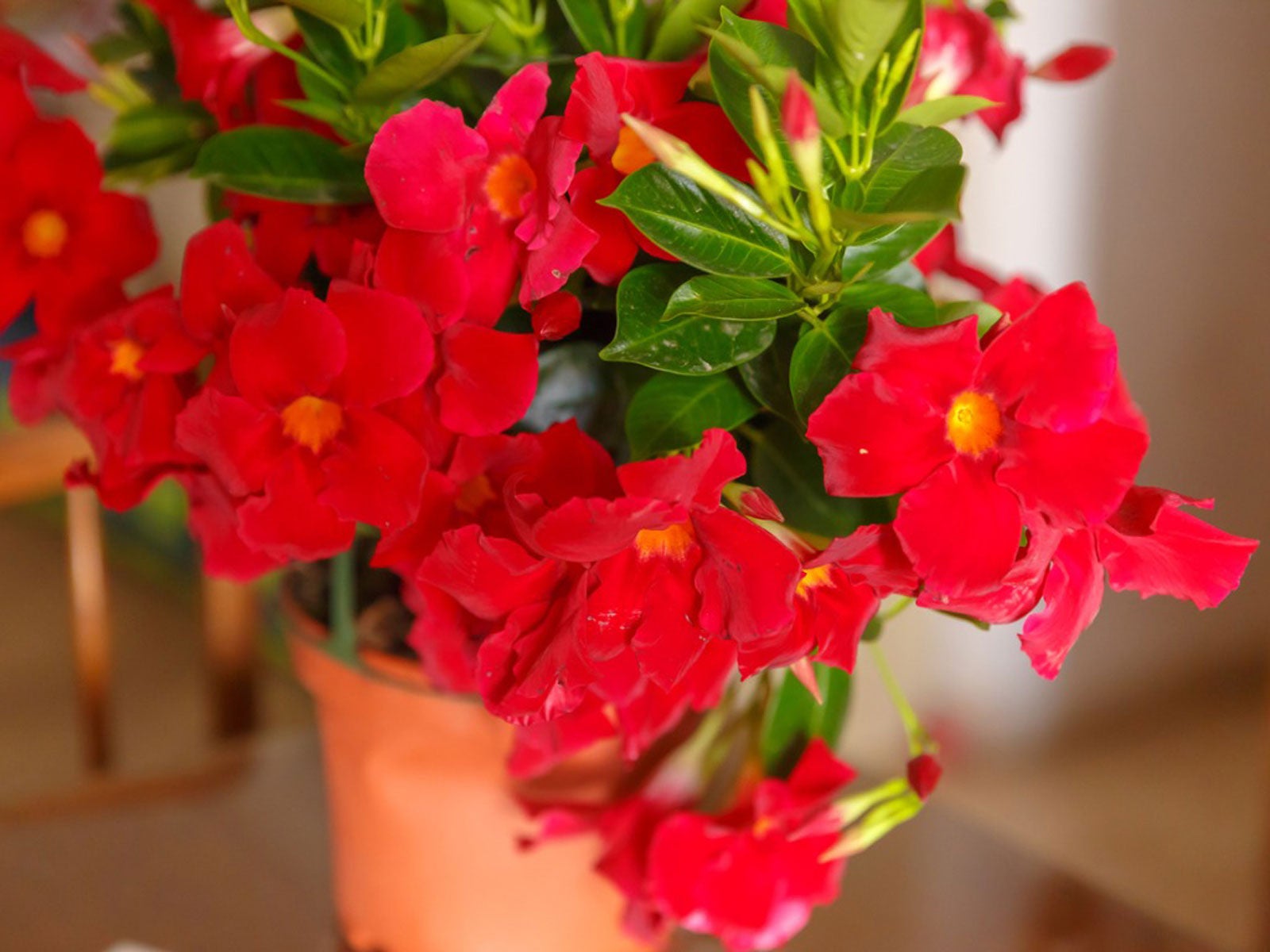 Winterizing Mandevillas: Tips For Overwintering A Mandevilla Vine
Winterizing Mandevillas: Tips For Overwintering A Mandevilla VineIf you live in a more northern climate, planting mandevilla in a container is the best way to go. Click this article for tips on winterizing mandevillas.
By Mary H. Dyer
-
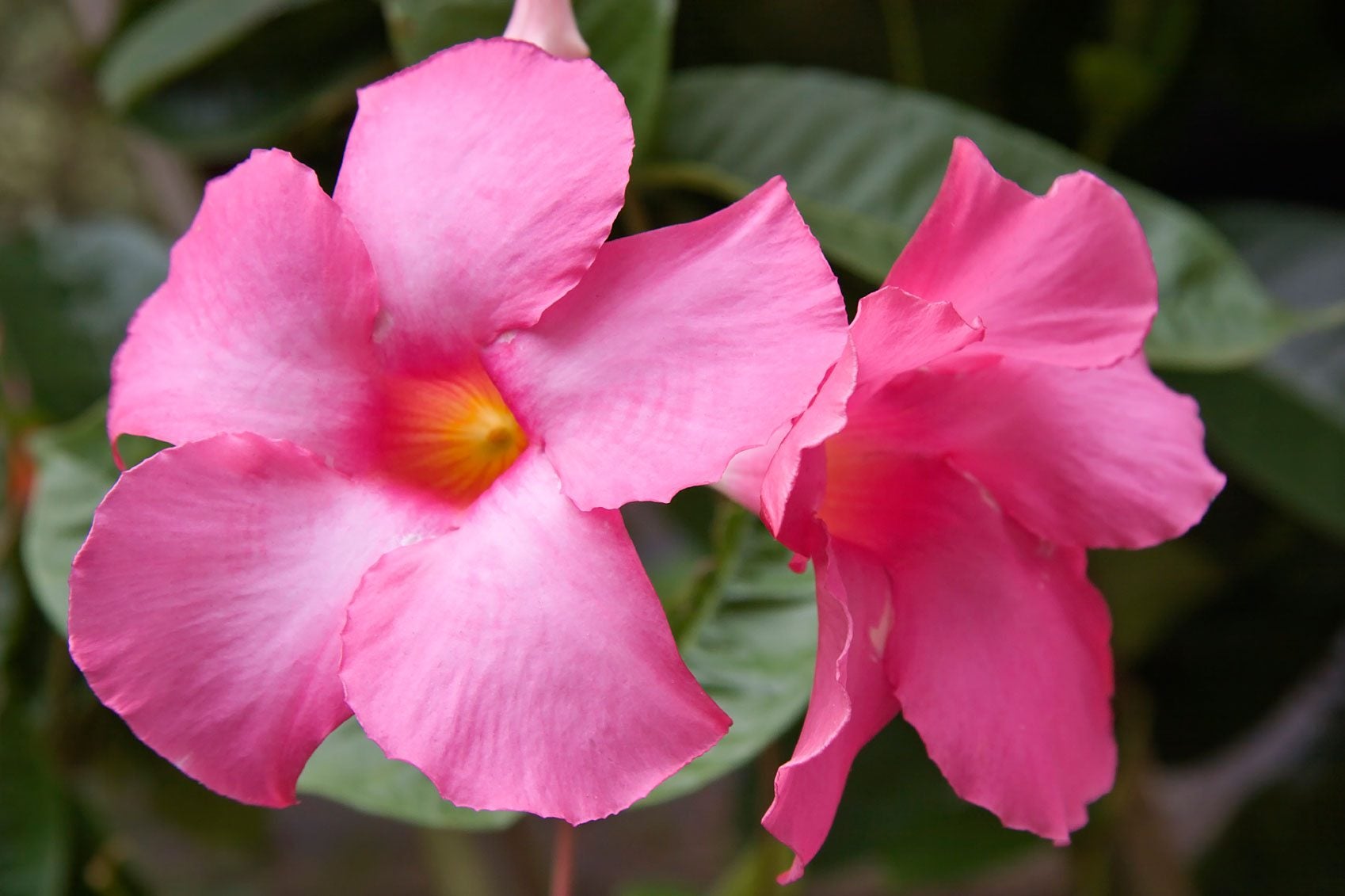 No Mandevilla Flowers: Getting A Mandevilla Plant To Bloom
No Mandevilla Flowers: Getting A Mandevilla Plant To BloomGetting a mandevilla plant to bloom in tropical regions relies upon plenty of water and adequate sunshine. In cooler climates, it may need more babying. For a few tricks, you can try if there are no mandevilla flowers on your plant, click here to learn more.
By Bonnie L. Grant